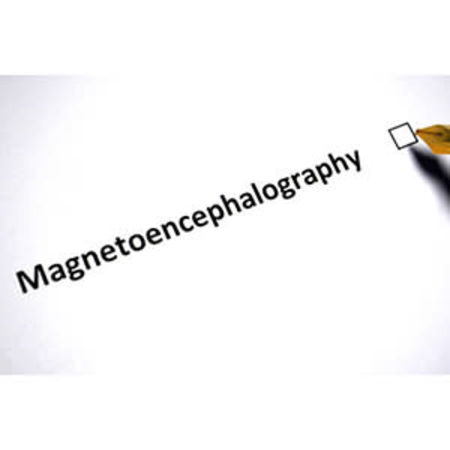A recent study in Radiology demonstrates that optically-pumped magnetometers (OPM) can shrink magnetoencephalography (MEG) helmets and facilitate their use for assessing epilepsy in children.
Although MEG is now used to detect and localise focal interictal epileptiform discharges (IEDs), current systems need cryogenically-cooled sensors, which imposes size and cost limitations. These are fixed onto one-size-fits-all helmets for clinical use. Typically, sensors need to be close to the scalp because signal strength drops dramatically with distance. Given that children’s heads are smaller, one-size-fits-all helmets are not ideal because the distance from the scalp to the sensors increases.
To overcome these limitations, the study authors used OPM sensors which can be placed close to the scalp. The current study affixed 32 OPM sensors to EEG caps that could be adjusted to the children’s head circumferences. MEG data using OPMs sensors were then compared to data from MEG with 102 cryogenic sensors. Specifically, IED detection, localisation, amplitude, and signal-to-noise ratios were compared between OPM-based and cryogenic MEG data collected from five school-age children with focal epilepsy. Distributed source modelling was performed also performed.
Despite having over three times fewer sensors, MEG performed with OPM sensors detected IEDs with a higher amplitude, higher signal-to-noise ratio, and similar localisation values to traditional cryogenic MEG sensors.
Source: Radiology
Image Credit: iStock























